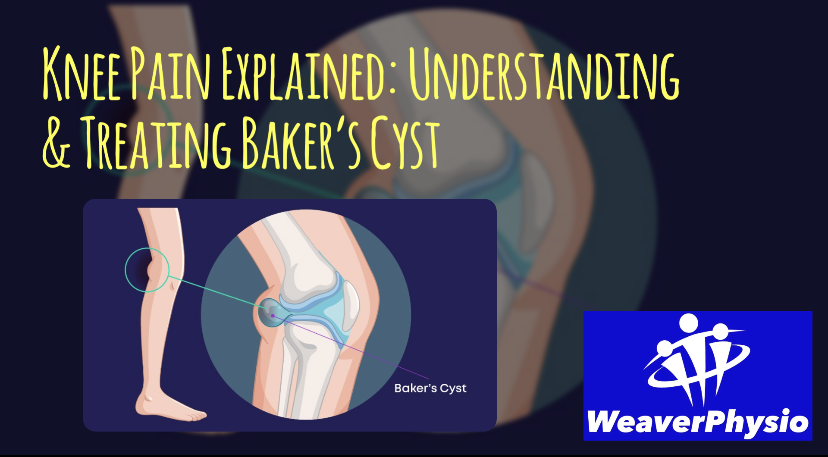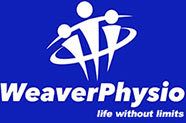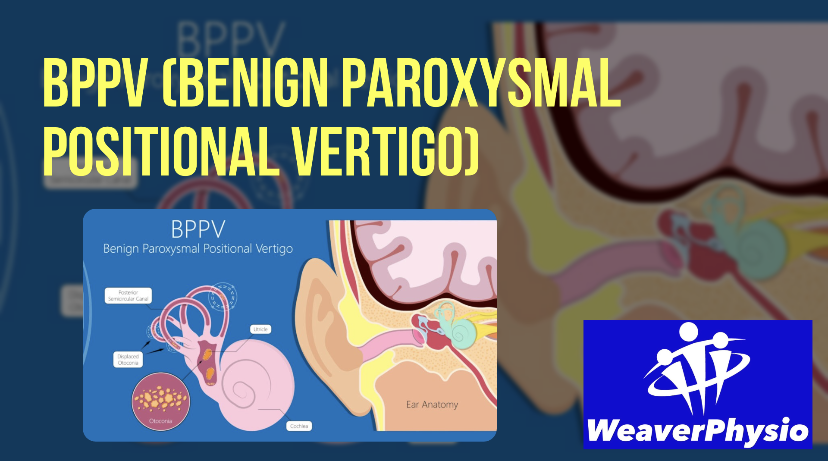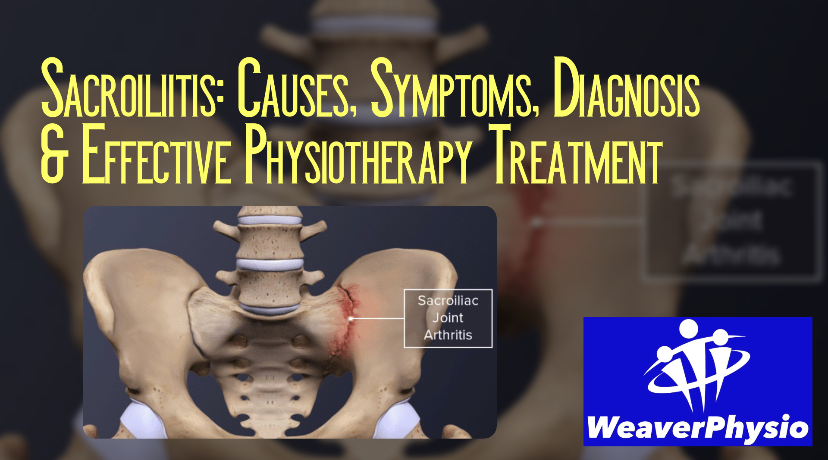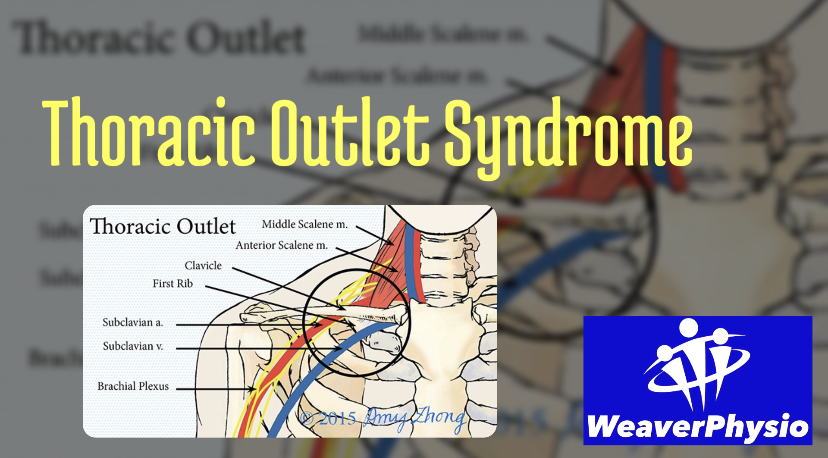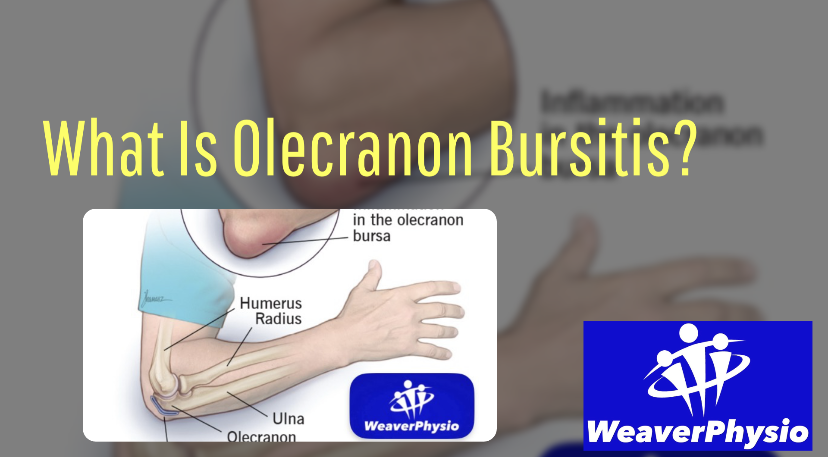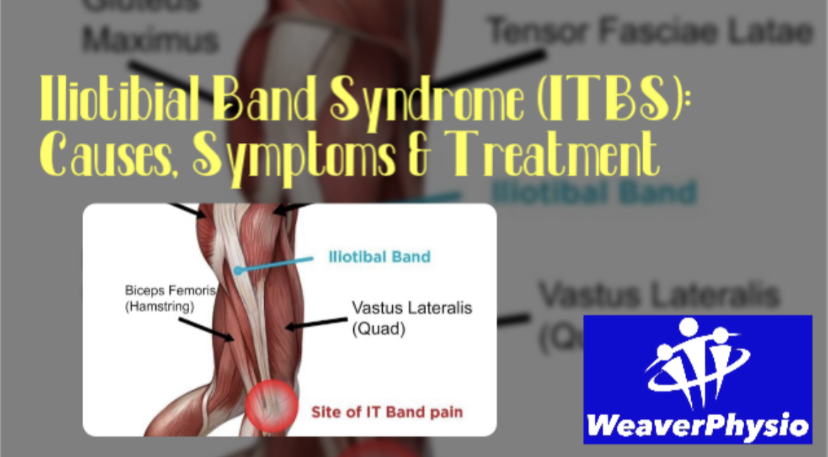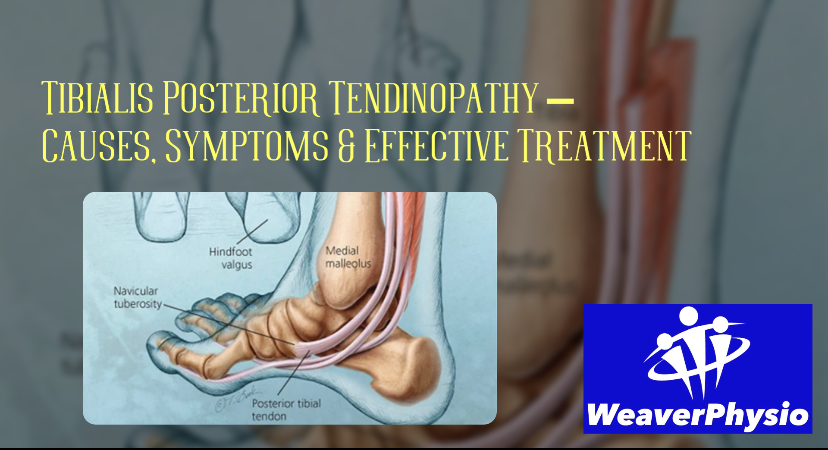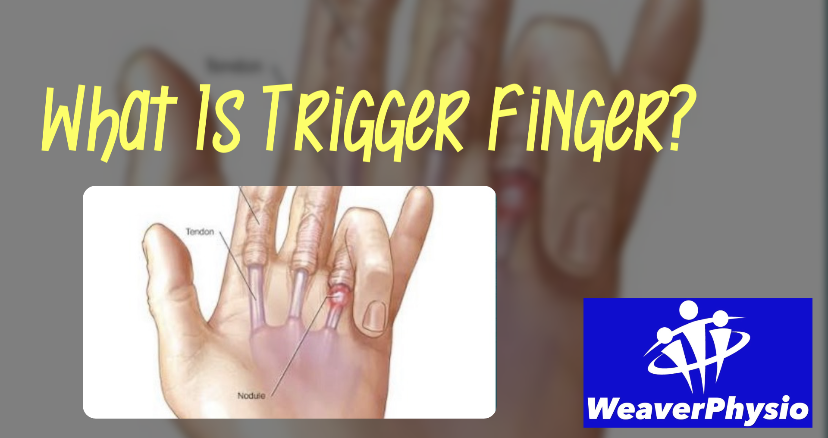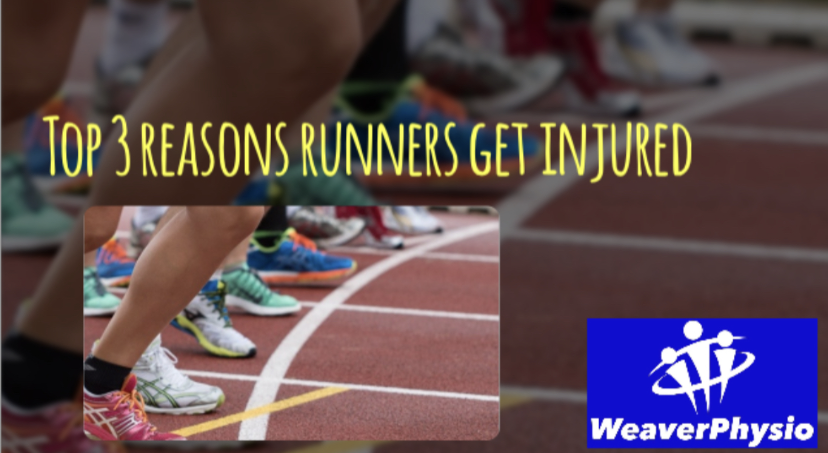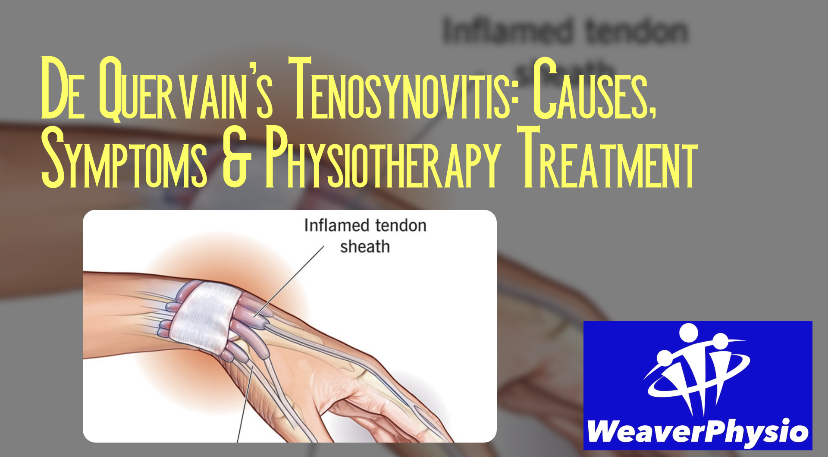What To Do If You Have a Torn Meniscus
Expert Advice from Weaver Physiotherapy, Northwich
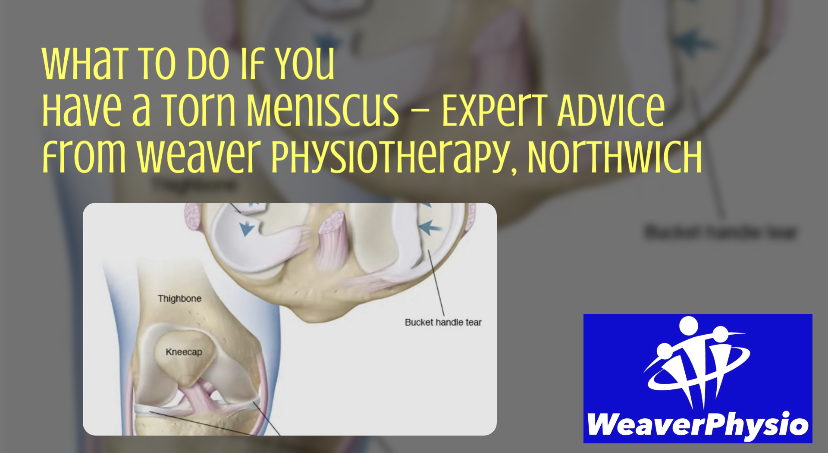
A torn meniscus is one of the most common knee injuries seen by physiotherapists, especially among runners, footballers, and active individuals. Whether it happens during sport or through gradual wear and tear, a meniscus tear can be painful, limit movement, and affect your ability to walk, squat, or run comfortably.
At Weaver Physiotherapy & Sports Injury Clinic in Northwich, Cheshire, our Chartered Physiotherapists regularly treat patients with meniscus injuries — helping them recover strength, mobility, and confidence without unnecessary surgery.
In this blog, we’ll explain everything you need to know about a torn meniscus, including:
• What the meniscus does
• How meniscus tears happen
• Common symptoms and diagnosis
• What to do immediately after injury
• How physiotherapy helps recovery
• When surgery may be needed
• The best exercises for rehabilitation
• How to prevent future knee injuries
🦵 What Is the Meniscus?
The meniscus is a C-shaped pad of cartilage that acts as a shock absorber between your thigh bone (femur) and shin bone (tibia). Each knee has two menisci – the medial meniscus (inside) and the lateral meniscus (outside).
These structures:
• Distribute weight across the knee joint
• Improve joint stability
• Help with smooth, controlled movement
• Protect the articular cartilage from excessive wear
When the meniscus is torn, these functions are compromised, leading to pain, swelling, and difficulty bearing weight.
⚡ How Does a Meniscus Tear Happen?
Meniscus tears occur in two main ways: acute injuries and degenerative changes.
1️⃣ Acute Meniscus Tears
These usually occur suddenly, often during sport or twisting movements.
Common causes include:
• Twisting the knee while the foot is planted
• Sudden changes in direction (common in football, tennis, rugby)
• Deep squatting or heavy lifting
• Direct impact or trauma to the knee
2️⃣ Degenerative Meniscus Tears
These develop gradually with age or repetitive stress. The cartilage becomes thinner and less resilient, meaning even a small twist or awkward movement can cause a tear. This type is common in people over 40.
🚨 Symptoms of a Torn Meniscus
The symptoms vary depending on the severity and location of the tear, but typical signs include:
• Pain along the joint line (often on the inner or outer side of the knee)
• Swelling and stiffness, which may appear a few hours after the injury
• Locking or catching sensation in the knee
• Difficulty straightening or bending the knee fully
• Clicking or popping sounds when moving
• Feeling of instability or the knee “giving way”
If you notice these symptoms — especially following a twist, squat, or sports incident — it’s important to get assessed by a qualified physiotherapist.
🧠 Diagnosis: How Is a Meniscus Tear Confirmed?
At Weaver Physiotherapy, your clinician will carry out a detailed clinical assessment that includes:
• Medical history & mechanism of injury – how and when it happened
• Observation & palpation – checking swelling, alignment, and tenderness
• Functional tests – such as the McMurray or Apley’s test to reproduce symptoms
• Strength & stability testing – evaluating surrounding muscles and ligaments
If a significant tear or other knee injury is suspected, your physiotherapist may recommend imaging such as:
• MRI scan – the gold standard for confirming meniscus tears
• X-ray – to rule out fractures or osteoarthritis
🧊 What To Do Immediately After a Meniscus Injury
If you suspect a meniscus tear, it’s crucial to act quickly to minimise swelling and further damage.
Follow the POLICE principle:
P – Protect: Avoid activities that cause pain or twisting. Use crutches if necessary.
O – Optimal Loading: Gentle movement within a pain-free range keeps the joint mobile.
L – Ice: Apply ice packs for 15–20 minutes, 3–4 times a day to reduce swelling.
I – Compression: Use an elastic knee sleeve or bandage to limit swelling.
C – Elevation: Rest with your leg raised above heart level where possible.
Avoid “HARM” in the first 48 hours:
• H – Heat
• A – Alcohol
• R – Running
• M – Massage
These can increase bleeding and swelling in the joint.
🩺 How Physiotherapy Helps a Torn Meniscus
Physiotherapy is a key part of recovery, whether your tear is treated conservatively or after surgery. At Weaver Physio, we create personalised rehabilitation programmes to restore function and reduce pain.
Our approach includes:
• Hands-on treatment to ease stiffness and improve joint mobility
• Progressive strengthening exercises for quadriceps, hamstrings, and glutes
• Balance and proprioception training to improve stability
• Shockwave Therapy (for chronic pain or associated tendon issues)
• Acupuncture to reduce pain and swelling
• Rehabilitation planning for safe return to sport or daily activity
🕒 Recovery Without Surgery
Many people recover well without needing surgery, particularly for:
• Small or partial tears
• Degenerative (age-related) tears
• Stable knees without locking
Conservative treatment focuses on reducing swelling, regaining range of motion, and gradually rebuilding strength.
A typical non-surgical recovery timeline may look like:
• 0–2 weeks: Reduce swelling and pain; gentle range of motion
• 2–6 weeks: Begin strengthening and controlled weight-bearing
• 6–12 weeks: Restore function, stability, and gradual return to sport
⚙️ When Is Surgery Needed?
Not all meniscus tears heal on their own. Surgical intervention may be considered when:
• The knee locks or catches repeatedly
• Pain persists after 6–12 weeks of physiotherapy
• The tear is large, displaced, or in the vascular (outer) zone
• The patient is young and active with a traumatic injury
Common surgical options include:
• Arthroscopic Meniscectomy: Removal of the damaged portion of the meniscus
• Meniscus Repair: Stitching the torn section together (used for tears with good blood supply)
• Meniscus Replacement (Allograft): Rarely, a donor graft may be used for extensive damage
Following surgery, physiotherapy remains essential to restore strength, motion, and confidence.
🏋️♀️ Best Exercises for Meniscus Rehabilitation
(Always consult a physiotherapist before starting any new exercise programme.)
1️⃣ Quadriceps Setting
• Sit with your leg straight.
• Tighten your thigh muscles and press the back of your knee into the floor.
• Hold for 5 seconds, then relax.
• Repeat 10–15 times.
2️⃣ Heel Slides
• Lie on your back with legs straight.
• Gently slide your heel towards your buttocks, bending the knee as far as pain allows.
• Slowly return to start.
• Repeat 10–15 times.
3️⃣ Straight Leg Raises
• Lie flat on your back.
• Keep one leg straight and the other bent.
• Lift the straight leg to about 30–40cm.
• Hold for 3–5 seconds and lower slowly.
4️⃣ Mini Squats
• Stand with feet shoulder-width apart.
• Gently bend knees to 30°, keeping heels on the floor.
• Hold for 2 seconds, then return upright.
5️⃣ Step-Ups
• Step onto a low platform or step, leading with the injured leg.
• Step back down slowly.
• Repeat 10–15 times.
These exercises help maintain muscle activation and support joint stability, essential for long-term knee health.
🔄 Returning to Sport After a Meniscus Tear
Returning to sport depends on the type of tear, treatment route, and rehabilitation progress.
Before returning to sport, you should:
• Have full range of motion
• Achieve equal strength in both legs
• Perform sport-specific movements (e.g. running, cutting, jumping) pain-free
At Weaver Physio, we use progressive sport-specific rehabilitation and video gait analysis to assess biomechanics, ensuring you return to training safely and reduce the risk of re-injury.
💬 Realistic Recovery Timeframes
Recovery time varies widely:
• Minor tear (no surgery): 6–8 weeks
• Surgical repair: 3–6 months
• Partial meniscectomy: 4–8 weeks
Your physiotherapist will monitor your progress and adjust your rehabilitation accordingly.
🧩 Preventing Future Meniscus Injuries
Once healed, maintaining strong, balanced knees is crucial to prevent recurrence.
Key prevention strategies:
1. Strengthen supporting muscles – focus on quads, hamstrings, glutes, and calves.
2. Improve hip and ankle mobility – helps reduce rotational stress on the knee.
3. Warm up properly – include dynamic stretches before exercise.
4. Train balance and proprioception – use wobble boards or single-leg exercises.
5. Wear supportive footwear – especially for running or high-impact sport.
6. Avoid deep twisting or pivoting movements if your knee feels unstable.
💡 Why Choose Weaver Physiotherapy for Meniscus Injury Treatment?
At Weaver Physiotherapy & Sports Injury Clinic, we combine decades of clinical experience with cutting-edge rehabilitation techniques.
Our physiotherapists specialise in knee injuries, working with both athletes and non-athletes across Northwich, Knutsford, Winsford, Middlewich, Frodsham, and throughout Cheshire.
What sets Weaver Physio apart:
✔️ 70+ years of combined clinical experience
✔️ Expert diagnosis and personalised rehabilitation plans
✔️ Advanced treatments including Shockwave Therapy, Acupuncture, and Gait Analysis
✔️ Evidence-based, hands-on physiotherapy
✔️ Trusted by local runners, footballers, and gym-goers
✔️ Focus on long-term recovery and performance
Whether you’re recovering from a meniscus tear, knee surgery, or chronic knee pain, we’ll help you move better, recover faster, and stay pain-free.
📞 Get Expert Help Today
If you suspect you have a torn meniscus or ongoing knee pain, don’t wait for it to worsen. Early diagnosis and physiotherapy make a huge difference in recovery and preventing long-term complications.
📍 Weaver Physiotherapy & Sports Injury Clinic
Northwich, Cheshire
🌐 https://www.weaverphysio.com
📞 Call 01606 227484 to book your appointment
